Now here's this... a new proposal to do the exact same thing from some clueless congresscritter, and backed up by some lovely astroturf.
Protect Our Winters, a group formed to safeguard outdoor recreation from the effects of climate change, is advocating a draft bill that would increase fees on Energy Department loans for transmission lines, with the new revenues going for infrastructure projects in communities where the new lines are built.
In doing so, the group is hoping to dispel a “not in my backyard” mentality that has been common in some rural communities, where transmission lines were seen as detriments to the aesthetics of the wilderness frequented by skiers, climbers and outdoor enthusiasts.
The group’s staff, along with outdoor athletes, are seeking support for the draft they partnered on with Rep. Ann McLane Kuster, D-N.H., hoping that it will garner bicameral, bipartisan support when it’s formally introduced. The group came to Washington last week to drum up support.
Do these gladhanders think that the actual people affected by new transmission won't continue to speak up for themselves and make their concerns clear? As if they can be smothered into silence by a bunch of puppets pretending they are "helping" the community?
This new legislation shouldn't even see the light of day. It has zero chance of ever being passed.
Meanwhile, the U.S. Department of Energy has extended its deadline to apply for the current "Economic Development Grants" for communities impacted by the construction and operation of new transmission projects. Probably not because they got so many applications, more like they didn't receive any worthwhile applications and are hoping if they extend the deadline some will magically appear.
The problem with these "community benefit" bribe payments is that the "community" impacted by a new transmission line is narrow and linear. It never coincides with a traditional cluster "community." Only those persons who are forced into hosting a new transmission lines, and those living very nearby, are actually affected or impacted. This linear community doesn't need economic development and it would be impossible to site anything like that in the affected linear community. The impacted landowners are the ones who oppose new transmission and prevent projects from being built. They will not be affected one bit by the offering of community benefit bribes. They just want the transmission to go somewhere else... like buried on existing rights-of-way, such as highway or rail.
Landowners directly impacted by new transmission must receive just compensation for property taken from them to site a new transmission line. Nearby communities do not share in the compensation, and that's because they have not had something taken from them. It is outrageous to suggest that people who have made no sacrifice get paid for the sacrifice of others. There's going to be a hard day of reckoning for this at some point in the future.
So, back to the DOE mess. I asked DOE how it defines a "community affected by the construction and operation of a new transmission line." Here's the (non)answers I received:
I saw and heard many statements today that a grant project must “be connected to”, “nearby”, or “have a nexus to” a transmission project. In order to determine if applying for funding is even worthwhile, I need to have this explained.How will “communities that may be affected by the construction and operation of a covered transmission project” be defined for eligibility purposes? How far from the centerline of the transmission project does such a community extend?
- DOE has not specifically defined a geographic distance from the project for eligibility purposes. We anticipate that each project may differ in its scope and impact, therefore we have requested that each applicant should explain how their proposed project is eligible for support under this program. In addition, please note that the merit review criteria listed in the FOA at Section V states that applications for economic development activities will be assessed in part based on, “The extent and clarity of the connection described in the Application between the proposed activities and economic development benefits in communities that are likely to be impacted by a covered transmission project.”
What is considered an “affect” of construction and operation of the project?
- As we anticipate that impacts may vary by project and by community, DOE has requested Applicants for Area of Interest 2 address how the project will promote economic development in areas that may be affected by the construction and operation of a covered transmission project. See Section IV.E.iii of the FOA.
How will an economic development grant be expected to speed up siting and permitting?
- For an understanding of how grants will be awarded, please refer to the merit review criteria for Area of Interest 1 (siting and permitting) and Area of Interest 2 (economic development) listed in the FOA at Section V. You may also refer to the “Standards for Application Evaluation” and “Other Selection Factors” including “Program Policy Factors” that are also referenced in Section V of the FOA.
- While the funds associated with an economic development grant can only be disbursed once either the siting authority has approved the covered transmission project (if the applicant is a siting authority) or construction has commenced (if the applicant is a state, local, or Tribal governmental entity other than a siting authority), DOE may select awardees for economic development grants prior to a decision to site and permit the relevant transmission project and obligate federal funds for such awardees. To the extent that the activities, if awarded, would accelerate transmission siting timelines and/or increase the chance that a transmission project would be developed, DOE will consider that as part of the established Merit Review Criteria.
Such a complete waste of time! But that's not stopping Representative Kuster from being a good puppet and adding to this illogical give away.
Kuster, a member of the House Energy and Commerce Committee, noted in a statement that the U.S. may need to triple energy transmission capacity by 2050 to meet the target of net-zero carbon emissions by bringing more renewable electricity generation on line.
“In order to make that a reality, we must ensure that communities where transmission projects will be built are excited to host these lines,” Kuster said. “By securing tangible benefits for the towns and cities that host these projects, like new schools, roads, or outdoor recreation facilities, in addition to improved electricity reliability, this legislation will help build support for transmission projects across the country.”
And you know what the best part is going to be? The "athletes" in the crowd who thought the party was such a good idea when it didn't affect them, but ended up with a new transmission line in one of the places they hold dear. NIMBY happens to everyone, as soon as the party is over.
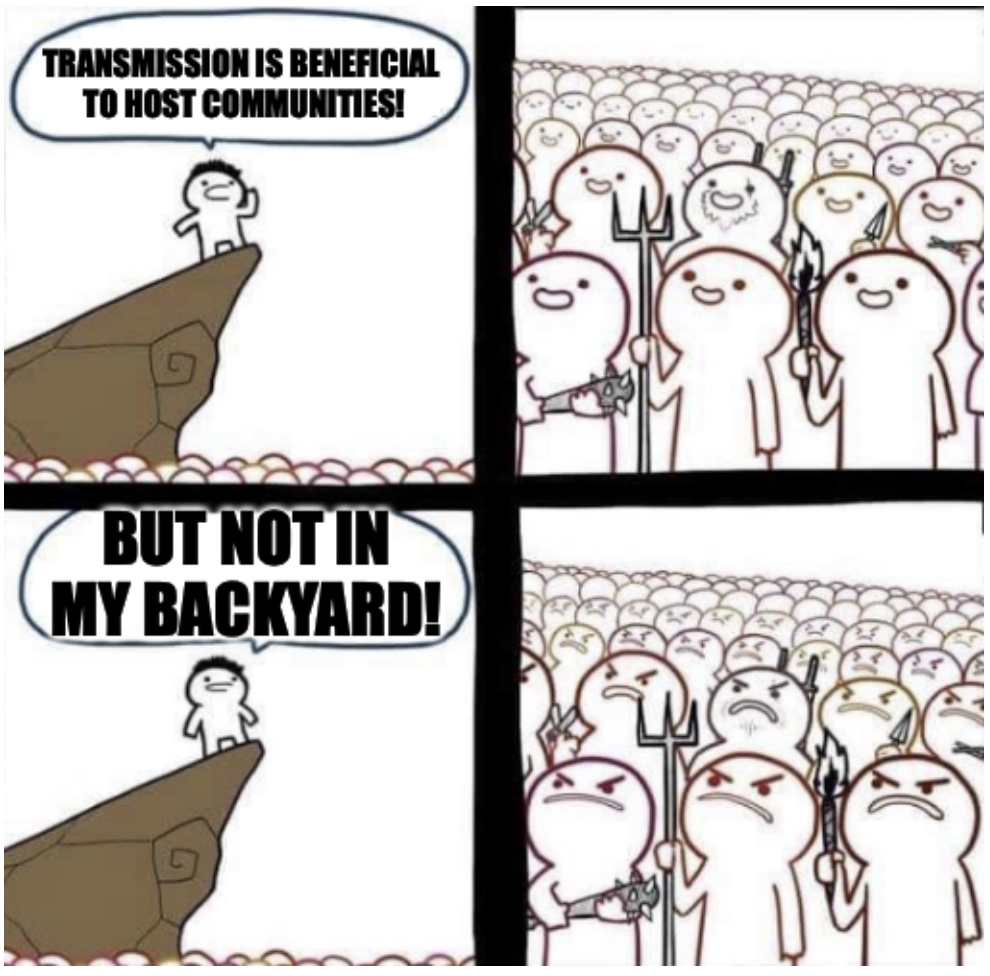
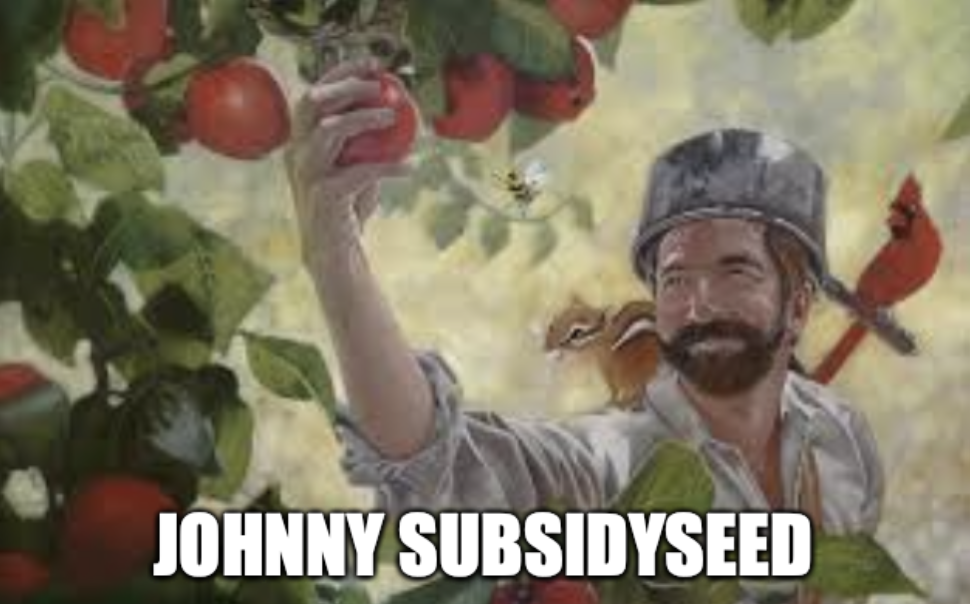
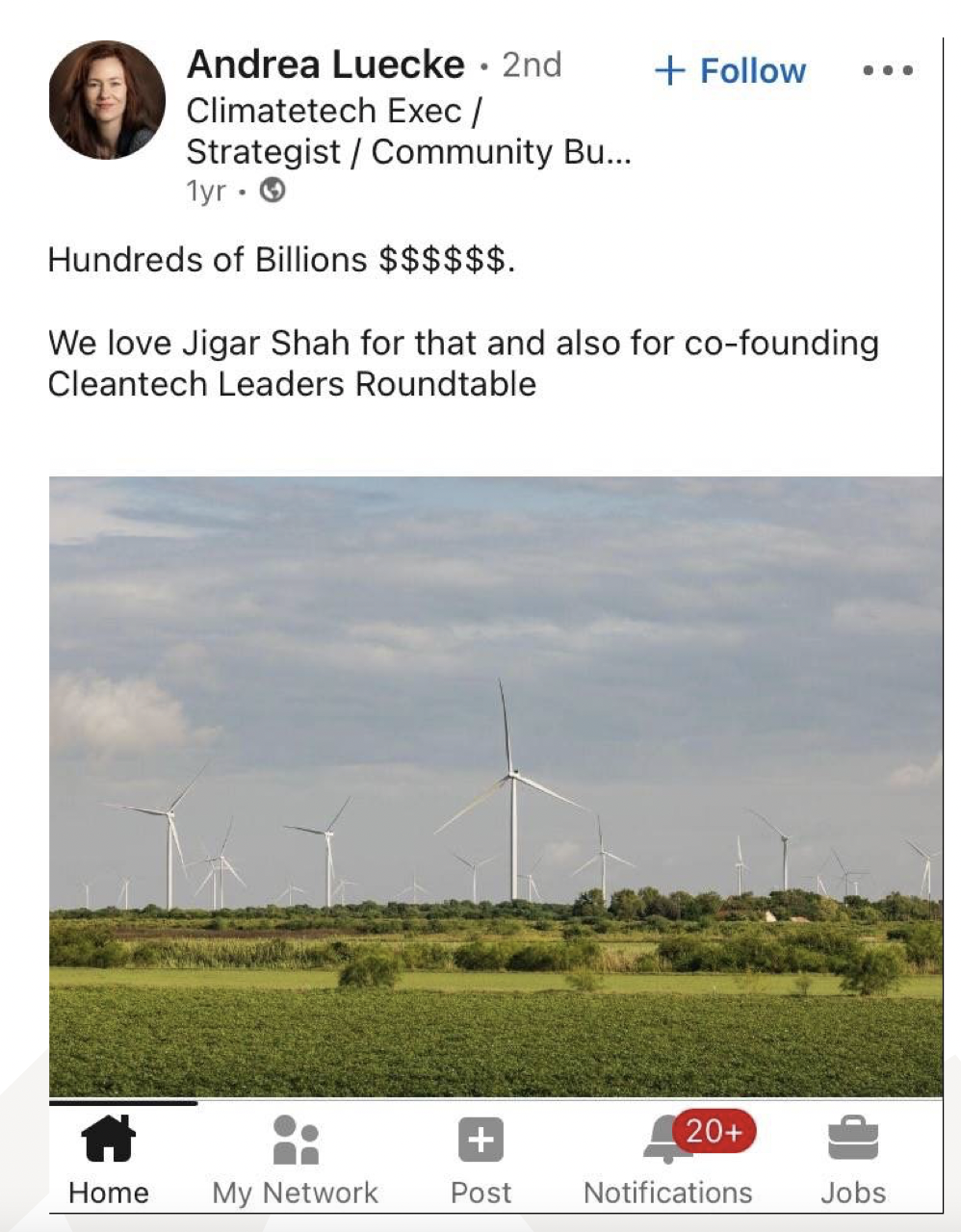
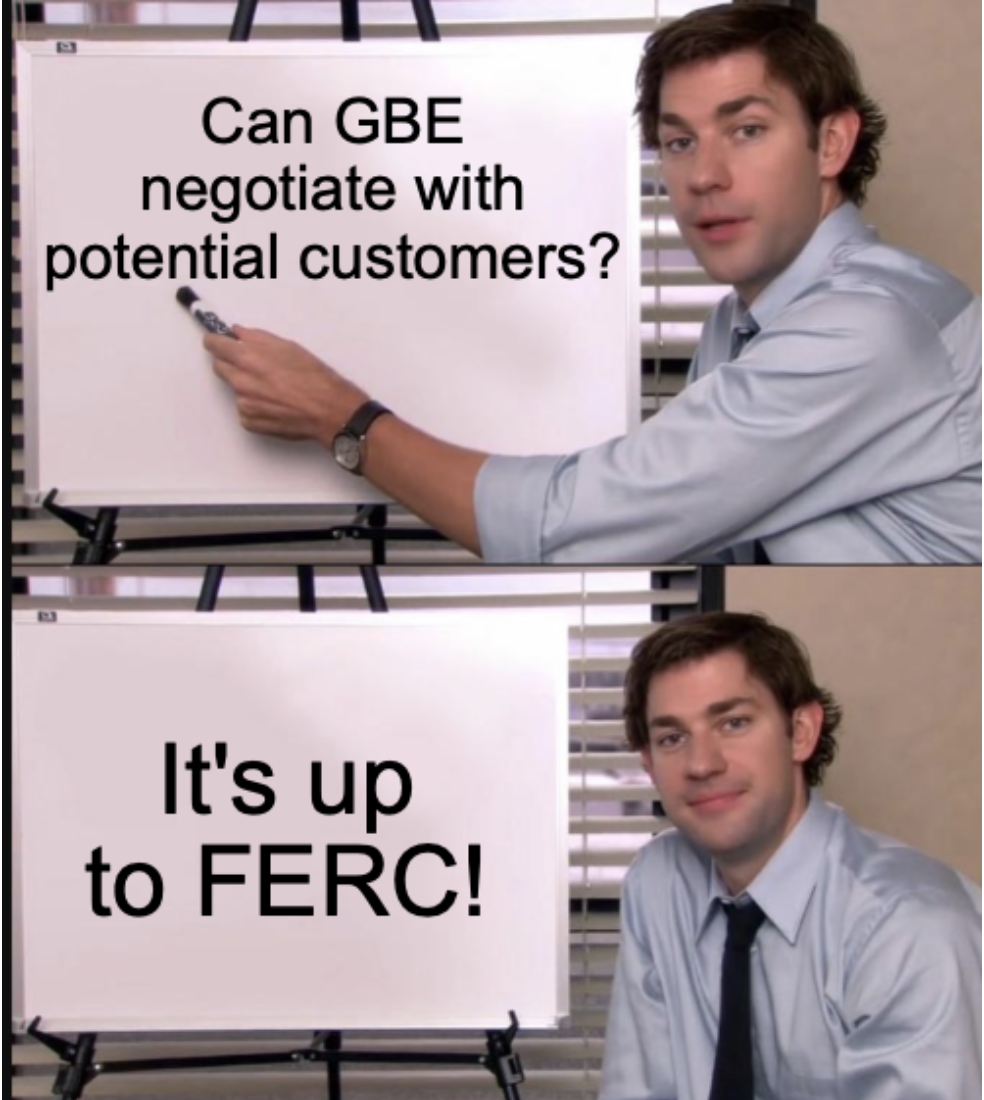
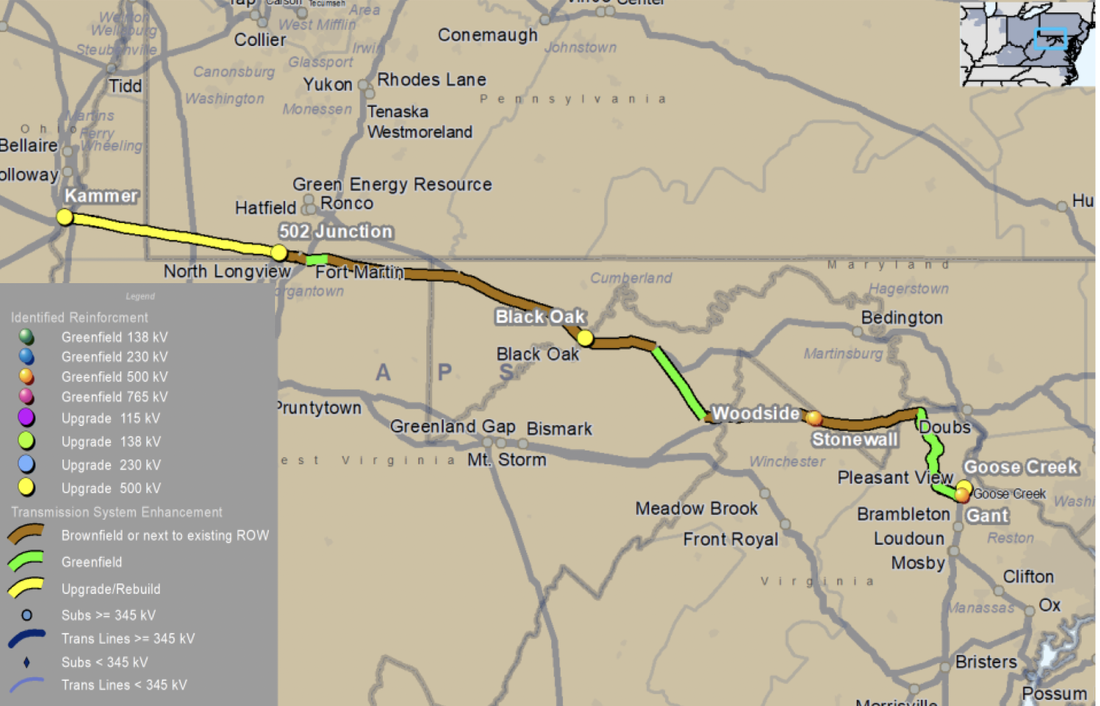
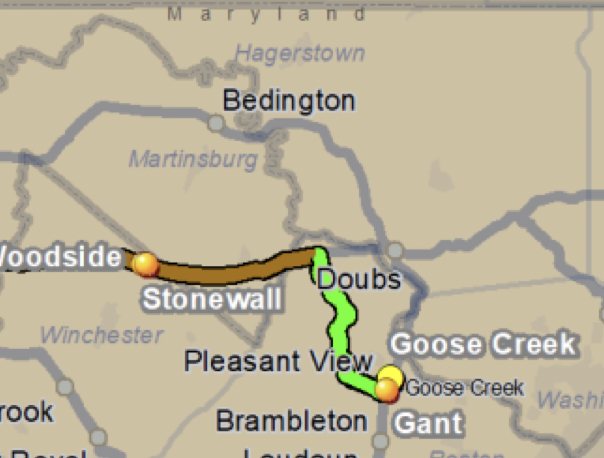
 RSS Feed
RSS Feed